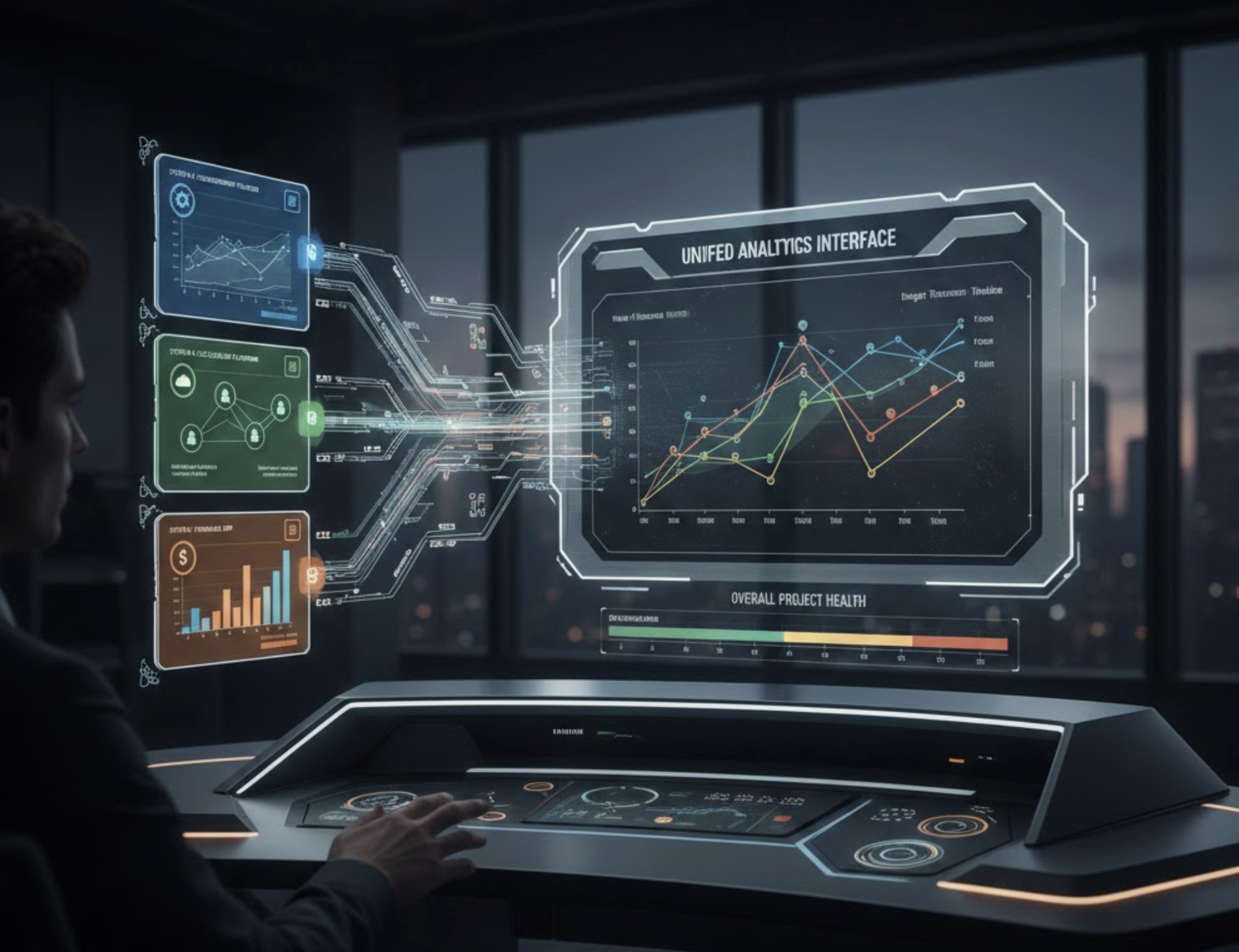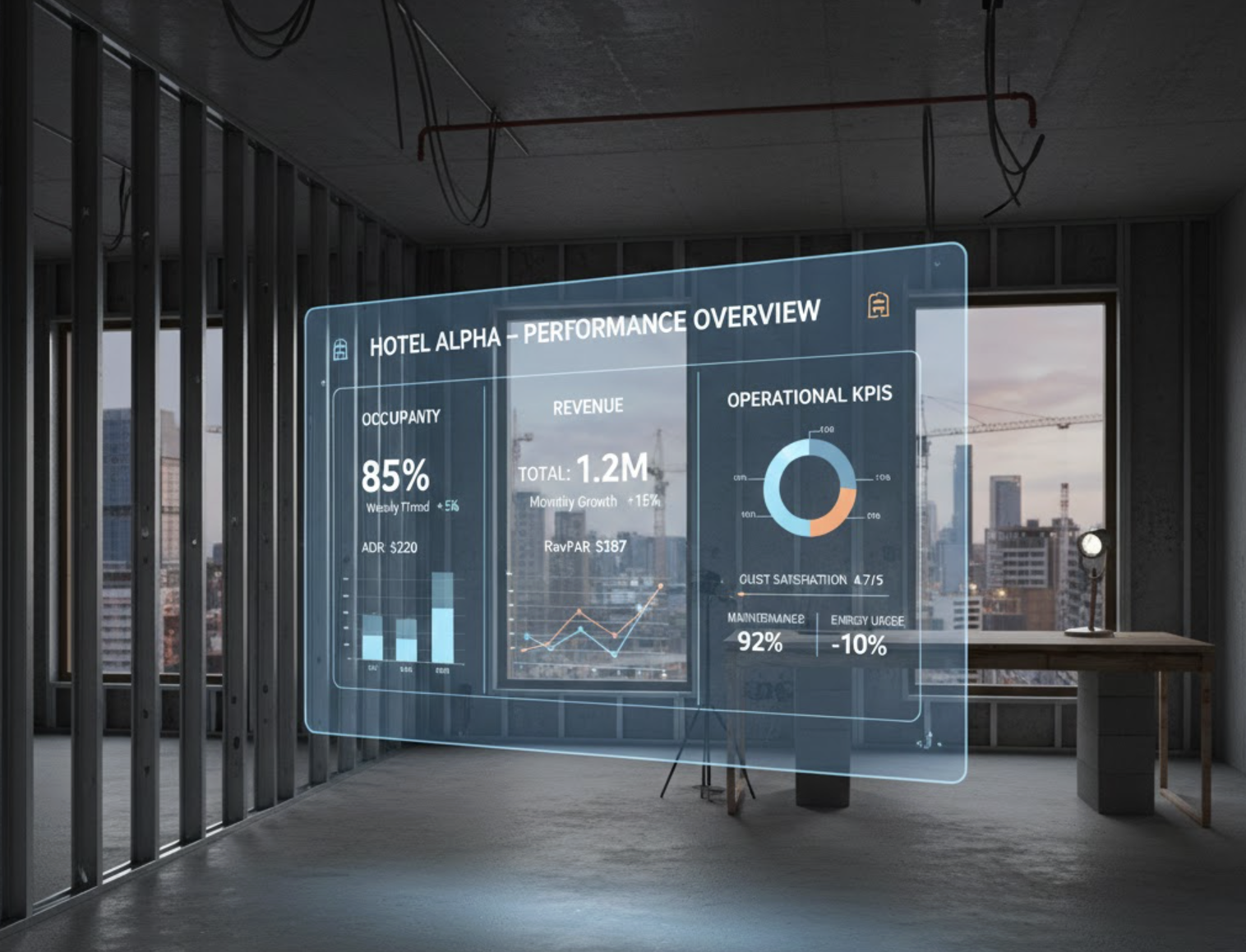From Whiteboards to Dashboards: Evolving Site Reporting
The transition from traditional whiteboards to digital dashboards represents a significant evolution in site reporting, particularly in industries such as construction, agriculture, and business management. This blog post explores the key concepts, benefits, and best practices involved in this notable shift, focusing on how platforms like Zepth empower organizations to enhance their project management capabilities.
Traditional Whiteboards
Whiteboards have been essential visual tools for organizing and tracking important information across various industries. In construction sites, they serve to manage schedules, safety measures, and resource allocations. Similarly, agricultural settings, such as sow farms, utilize whiteboards to oversee daily responsibilities like feeding routines, medication protocols, and health checks. However, despite their usefulness, whiteboards come with limitations.
Limitations of Whiteboards
One of the primary drawbacks of traditional whiteboards is their physicality—they are anchored to a singular location, restricting access for remote teams or external consultants. This limitation becomes a crucial obstacle when real-time decision-making is needed. Additionally, manual updates can yield data inaccuracies and inconsistencies, further complicating tracking processes. This scenario highlights the need for more advanced solutions that facilitate better data management and reporting capabilities.
Digital Dashboards
Digital dashboards emerge as a sophisticated alternative, offering a dynamic method to capture, analyze, and report data. They significantly enhance data management capabilities, increase accessibility, and enable real-time tracking of critical metrics, such as production targets, project progress, and resource allocation.
Benefits of Digital Dashboards
- Enhanced Data Accessibility: Digital dashboards break down the barriers of accessibility by making data available to all stakeholders, including on-site personnel and external consultants. This facilitates better collaboration and informed decision-making.
- Real-Time Tracking: Unlike static whiteboards, dashboards allow immediate tracking of essential indicators, which is crucial for the dynamic nature of construction projects.
- Process Mapping: Digital dashboards can illustrate value streams and process flows, providing a comprehensive view of organizational workflows and enhancing clarity in project management.
Use Cases
The implementation of digital dashboards can be particularly transformative in the construction industry. For instance, by integrating digital dashboards into project management software like Zepth, teams can efficiently manage tasks, track project progress, and monitor safety metrics in real time. This integration promotes effective construction risk management and jobsite management.
In agricultural settings, dashboards can oversee daily responsibilities, ensuring that all team members are aligned and informed about feeding schedules, medication protocols, and health checks. This alignment enhances operational efficiency and accountability.
Best Practices for Implementation
To ensure a successful transition from whiteboards to digital dashboards, several best practices can guide organizations:
- Iterative Development: When designing dashboards, employing iterative development methods is essential. This process involves revisiting the initial questions and goals for the dashboard, ensuring it aligns with strategic objectives. Regular reviews and adjustments help in creating a dashboard that truly meets the needs of all stakeholders.
- Data Visualization: Effective data visualization plays a critical role in enhancing comprehension. Utilizing charts, graphs, and other visual tools can simplify complex data, presenting it in an easily digestible format. For example, employing spark lines and bar charts can provide at-a-glance insights while facilitating detailed analysis.
Emerging Innovations
As industries continue to embrace digital solutions, several innovations enhance the capabilities of digital dashboards:
- Integration with Project Management Software: Platforms like Zepth integrate digital dashboards into comprehensive project management systems. This integration enables teams to manage construction projects efficiently, including tracking progress, managing resources, and ensuring safety compliance.
- Advanced Analytics: Modern dashboards evolve beyond mere reporting tools. They function as advanced analytics platforms capable of examining large datasets to provide insights that assist in decision-making related to staffing, training, and resource allocation.
How Zepth Can Help
Zepth’s robust platform facilitates the transition from whiteboards to digital dashboards through a comprehensive suite of tools for construction project management. This includes real-time tracking, resource allocation, and safety metrics, all presented in a centralized dashboard. With Zepth, project data becomes accessible to all stakeholders, enhancing collaboration and decision-making, particularly for remote teams and external consultants who require real-time access to project information.
Moreover, Zepth’s features aid in aligning teams and facilitating streamlined communication. By adopting digital dashboards powered by advanced project management software like Zepth, organizations significantly enhance their site reporting capabilities, ushering in a new era of efficiency and data-driven decision-making.
Explore how switching to digital dashboards can revolutionize your site reporting methodologies today.




